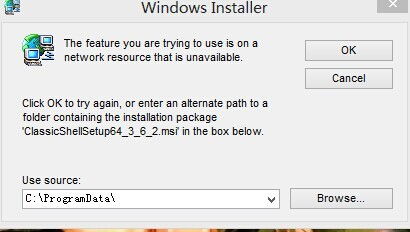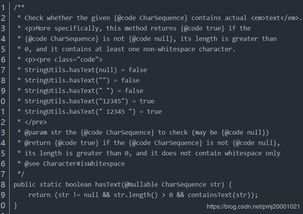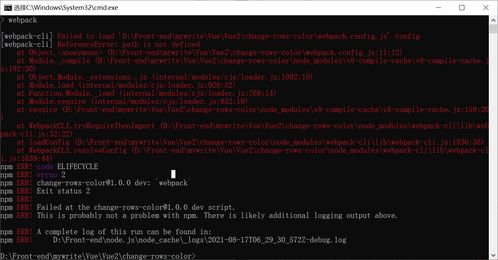Is It Ok to Use Reference Photos for Character Design?
Character design is a crucial aspect of storytelling, whether it’s for a book, a comic, or a video game. One common practice in character design is using reference photos to inspire and inform the creation process. But is it okay to use reference photos? Let’s delve into this question from multiple dimensions.
Understanding Reference Photos

Reference photos are images that artists use to gather inspiration and details for their work. These can range from photographs of real people to images of fictional characters from other media. When it comes to character design, reference photos can provide a wealth of information about anatomy, expressions, clothing, and more.
Using reference photos is not about copying the image directly but rather using it as a starting point to create something unique. It’s like using a recipe to make a dish, but adding your own twist to it.
The Benefits of Using Reference Photos

1. Accurate Anatomy: One of the primary benefits of using reference photos is the ability to create characters with accurate anatomy. This is especially important in media where realism is a priority, such as in comic books or video games.
2. Expressions and Emotions: Reference photos can help artists capture the essence of a character’s emotions and expressions. This is crucial for conveying the story’s tone and depth.
3. Clothing and Accessories: By examining real-life clothing and accessories, artists can create more authentic and detailed outfits for their characters.
4. Unique Features: Using reference photos can help artists identify unique features that set their characters apart from others. This can be anything from a distinctive hairstyle to a specific tattoo.
The Drawbacks of Using Reference Photos

1. Plagiarism Concerns: One of the main concerns when using reference photos is the risk of plagiarism. It’s important to ensure that the images used are either public domain or that you have permission to use them.
2. Over-Reliance on Realism: While realism can be a powerful tool, over-relying on reference photos can lead to a lack of originality in character design. It’s essential to strike a balance between realism and creativity.
3. Time-Consuming: Gathering and analyzing reference photos can be a time-consuming process. Artists must be prepared to invest the necessary time and effort to make the most of this resource.
Best Practices for Using Reference Photos
1. Credit the Source: Always give credit to the photographer or artist who created the reference photo. This is a sign of respect and helps avoid plagiarism concerns.
2. Use a Variety of Sources: Don’t rely on a single reference photo for an entire character. Instead, gather a variety of images to create a more well-rounded and unique design.
3. Focus on the Essence: While reference photos can provide a wealth of details, it’s important to focus on the essence of the character and not get bogged down by too many specific details.
4. Combine Realism with Creativity: Use reference photos to inform your design but don’t be afraid to add your own creative twist. This will help ensure that your character stands out and is memorable.
Conclusion
Using reference photos for character design can be a valuable tool when used correctly. By understanding the benefits and drawbacks, and following best practices, artists can create unique and compelling characters that bring their stories to life. So, is it okay to use reference photos? Absolutely, as long as you use them responsibly and with creativity.
| Benefits | Drawbacks |
|---|---|
| Accurate anatomy | Plagiarism concerns |
| Expressions and emotions | Over-reliance on realism |
| Clothing and accessories | Time-consuming |
| Unique features | N/A |











